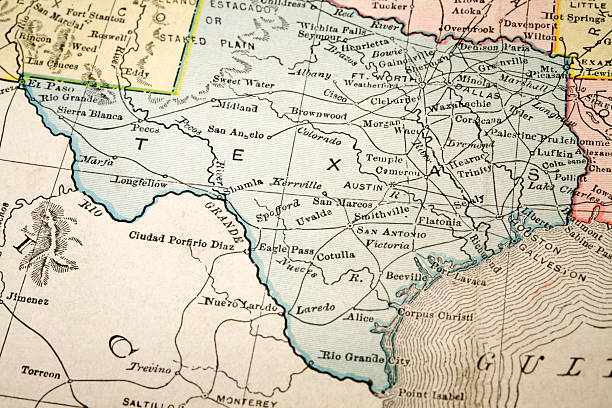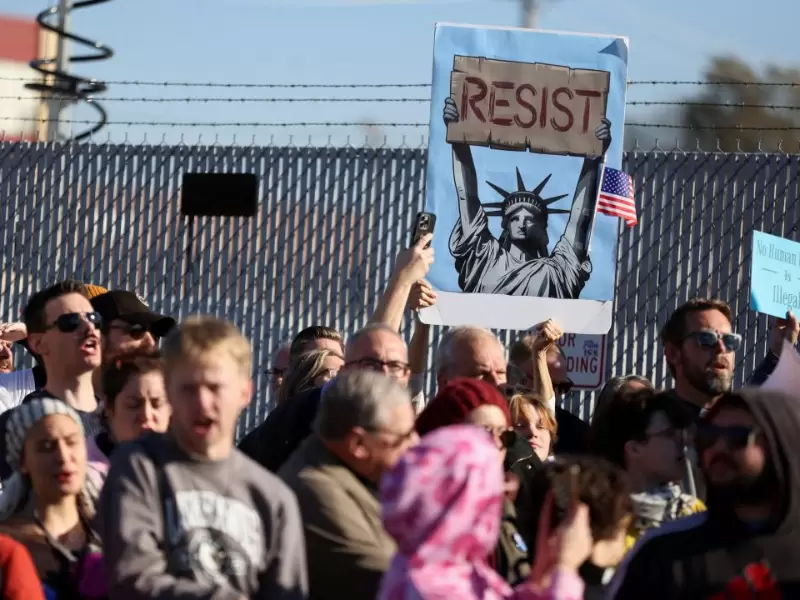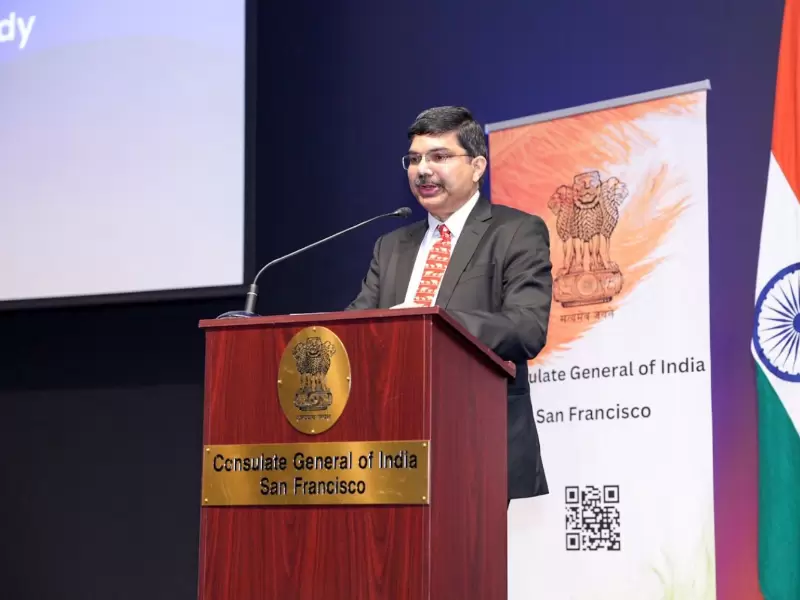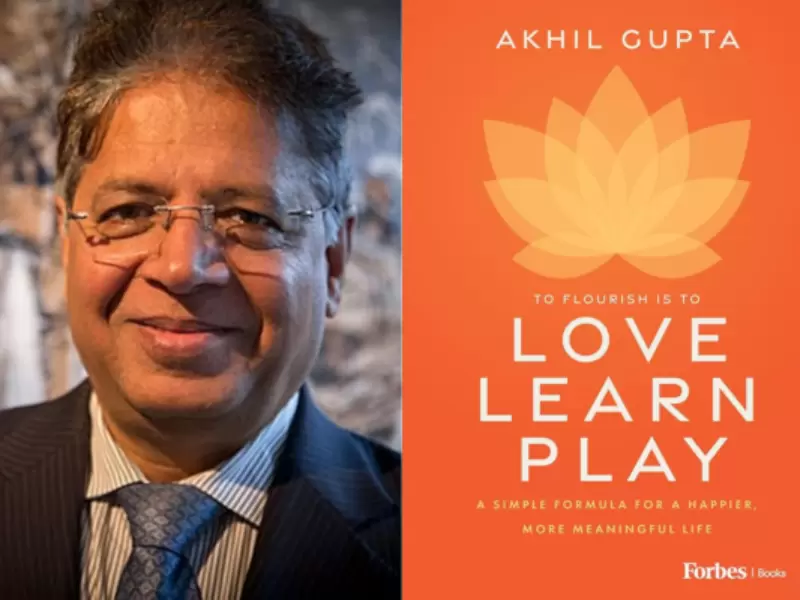The redrawing of Texas maps
Once the bill passes the Texas Senate and is signed by Governor Abbott, it will redistrict Texas voting districts to create additional 5 Republican dominated districts.
 Representative image / Pexels
Representative image / Pexels
Republican dominated Congress in Texas just pushed through new congressional maps designed to add five new Republican leaning districts. The aim of the bill is to ensure victory of their candidates in the upcoming elections.
Once the bill passes the Texas Senate and is signed by Governor Abbott, it will redistrict Texas voting districts to create additional 5 Republican dominated districts.
The target is to flip the House in 2026.
In response, California Democrats, led by Governor Gavin Newsom, are pursuing their own redistricting plan to create additional Democratic-leaning seats, contingent on voter approval of a constitutional change.
As lawmakers reshape electoral boundaries that will define political power for the next decade, at the American Community Media briefing by Texas State Representative Gene Wu, the Texas Civil Rights Project, longtime voting rights activists and experts, and residents of the districts took a closer look at this potential gerrymandering, the impact on communities of color, and the transparency of the redistricting process.
Redistricting is being done five years early for clearly partisan purposes
Redistricting is, by law, required to be done only after a census is done, every ten years.
“There's no other reason to do it other than after a census. We just redistricted after the 2020 census,” said Wu.
“We write rules before and after the game, but we don't rewrite the rules during the game. What they're trying to do is rewrite the rules in the middle of the game, because they know that they're going to lose, and they know they're going to lose because everything that's happening is so incredibly unpopular, not just what President Trump is doing but also what Republicans are doing in Congress,” he said.
Trump's Big Beautiful Bill makes massive cuts to communities all across Texas. Not just in liberal cities, but also in rural communities. It affects farmers and workers. “People are starting to wake up to that, and Republicans know this. They know that people are going to blame them for going along with Trump and so they're trying to cut it off preemptively.” said Representative Wu.
Racial gerrymandering and not Partisan gerrymandering
The maps are being redrawn along racial lines to fragment the minority vote, say the democrats. Wu wants the Supreme Court to step in to stop it.
The changes in the maps themselves show that minority communities will lose the representation of their choice. The racially discriminatory effects are self-evident on the demographics alone.
Partisan gerrymandering (drawing districts to advantage one political party over another) was declared by the U.S. Supreme Court in Rucho v. Common Cause (2019) to be a “political question” outside the jurisdiction of federal courts. Federal courts won’t step in to stop partisan gerrymandering, even if the maps are blatantly unfair. States can regulate it under their own constitutions.
Racial gerrymandering, on the other hand, is unconstitutional under the 14th Amendment and prohibited under the Voting Rights Act. Courts will strike down maps if they are drawn in ways that dilute or discriminate against the voting power of racial or ethnic groups.
“The courts said, you can redistrict, and you can draw lines unfairly if it's for partisan reasons, but not if it's for racial reasons,” explained Wu.
“The problem is the racial lines are also, basically, the political lines because over 80%-90% of African Americans vote and support Democrats,” said Wu.
“The current maps that we're using right now are already heavily gerrymandered to maximize Republican advantage.”
How did they get racially gerrymandered
After the 2020 Census, Texas gained two new congressional seats because of rapid population growth. as per the census ninety six percent of the growth was from Black, Latino and Asian communities. However, the two new congressional district seats that were created were majority White.
“If 96 percent of the growth is in minority communities, how come white communities got extra representation?” questioned Representative Wu. “How did that happen?”
They were cracked and packed
Cracking or splitting communities into different districts ensured it. “When you have a large minority community that's voting together, cut them into half, cut them into 3 pieces, cut them into four pieces, and attach those pieces into communities that are different,” explained Wu.
In the Rio Grande Valley and other heavily Latino regions, Latino voters are split and distributed across multiple districts, so they don’t form a majority anywhere except maybe one district.
On the other hand, packing or over-concentrating communities all into one supermajority district reduces their influence outside that district. In Houston’s Congressional District 18, two strong Black communities, each 40 percent African American, were smashed into one district that is now overwhelmingly Black. That creates one “safe” seat but eliminates the possibility of electing Black leaders from surrounding districts.
The same thing is being done to reduce the voice of the Asian communities, said Wu. Asian American communities in Fort Bend County and Southwest Houston have grown dramatically in both numbers and political strength. Lawmakers split them apart and stitched them into far-flung, unrelated districts. Their voices are diluted, and their representatives are less likely to be responsive since those communities are outnumbered by voters with very different priorities.
“We are being connected to a district that's far, far from us. We have no interests together. They’re never going to listen to us. They're never going to hear our complaints because they're not going to care,” Wu said.
“In Texas you only count as one-third as much as if you were White.”
You can still vote, you still have representation, yes. But your voice carries less weight
Republicans argue redistricting ensures “one person, one vote” and keeps representation proportional as people move or grow in certain areas.
Republicans say they redraw maps to keep neighborhoods, cities, or counties intact, or to reflect “natural communities.”
The fight over the state’s new political maps isn’t just about lines on a page. It’s about who gets a voice, who gets heard, and who gets left out. Greater Houston is one of the most diverse regions in America, where Black, Latino, and Asian communities have spent decades building political power. Yet the way the maps are drawn could either amplify that power — or silence it.
“Black people, Latinos, and Asians cannot ask for the things that we need. If we cannot go and talk to our congressional members and say, we need this for our community we will be hurt. Our people will die. Okay? That's just straight up. Our people will die, because if we can't ask for services, we can't ask for support!”
ADVERTISEMENT
ADVERTISEMENT
E Paper
Video



 Ritu Marwah
Ritu Marwah 












Comments
Start the conversation
Become a member of New India Abroad to start commenting.
Sign Up Now
Already have an account? Login